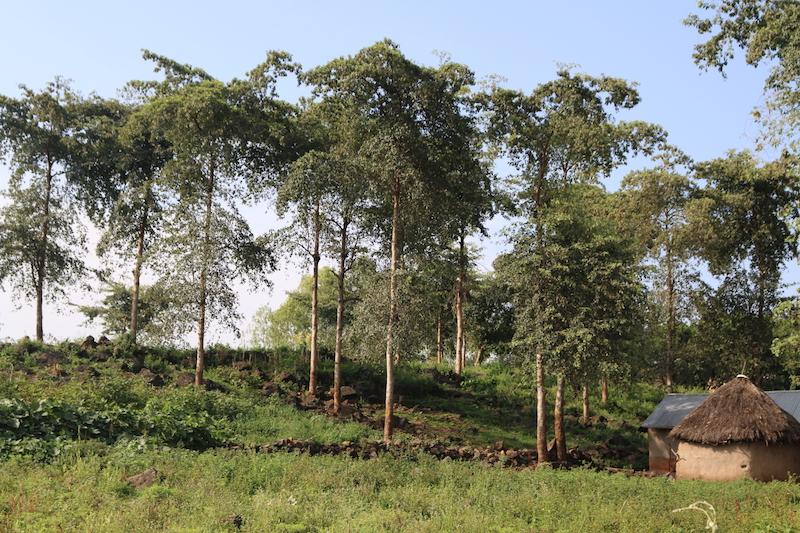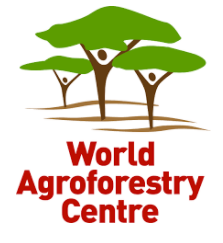Kenyan Farmers Reap Economic, Environmental Gains from ABCDs of Agroforestry

Less than a decade ago, the hills of Tuiyobei village in Kenya’s Rift Valley were nearly bare, with few trees or shrubs beyond the coffee plantations that yielded very little. The rain was sporadic, temperatures were rising, and crop yields and livelihoods were deteriorating. High deforestation triggered by increasing demand for firewood, lumber and charcoal had degraded the ecosystem.
Today, trees species such as acacias, Casuarina, silky oak (Grevillea robusta), Nile tulip (Markhamia lutea), moringa (Moringa oleifera), agati (Sesbania grandiflora), neem (Azadirachta Indica), Tasmanian blue gum (Eucalyptus globulus) and mwalambe (Terminalia brownii) are intercropped with coffee, fruit trees such as guavas and tree tomatoes, and crops such as maize, beans, watermelons, papayas and pumpkins. Depending on an individual farmer’s interests, animal fodder such as nippier, Calliandra and Boma Rhodes grasses are also intercropped. Others invest in woodlots for lumber and charcoal. Silky oak is widely planted along farm boundaries, with mwalambe grown in higher areas susceptible to soil erosion.
Read the full post on the Agroforestry World blog.

